Celtiberian Treasures at the Museo Arqueológico Nacional, Madrid
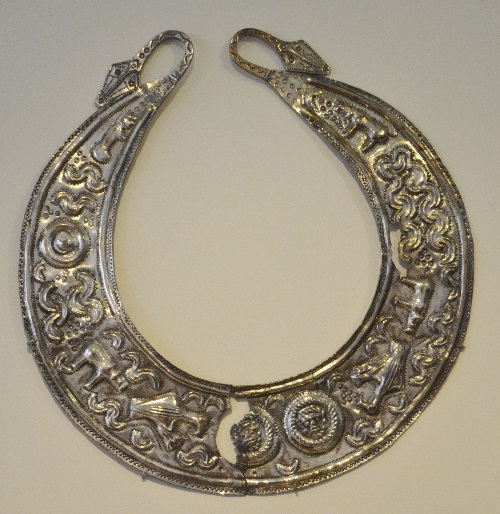
Madrid is famous for its vast collection of art and antiquities, and the biggest museum news from Spain’s capital this year is the reopening of the Museo Arqueológico Nacional. It was closed for refurbishment for several years and madrileños were beginning to wonder if they were ever going to get their archaeological museum back.
Earlier this year, it finally reopened and having just moved back to Madrid I made a beeline to go see it.
It was worth the wait. The old museum, with its poor lighting and antiquated displays, is no more, replaced by a more open, modern floor plan that reminds me of the 2009 redesign of the Ashmolean in Oxford. The signage has improved, with detailed texts in both Spanish and English, and the arrangement of the artifacts is easier on the eye.
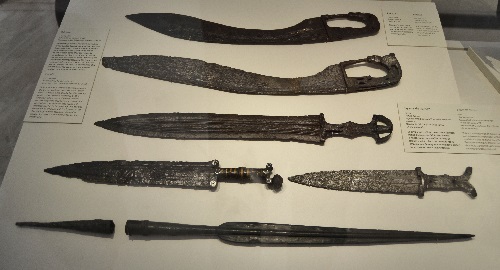
What hasn’t changed is the excellent collection of ancient treasures, from Paleolithic carved ivory to Renaissance coins. The three strongest collections are for the Celtiberian, Roman, and Medieval periods. These will be the subject of my next three posts.
“Celtiberian” is one of those vague terms that all archaeologists feel uncomfortable with, yet none can discard. It dates to the Classical authors, who couldn’t agree on a definition either. In its most basic form, “Celtiberian” means those peoples on the Iberian peninsula who were a mix of Celtic and native Iberian cultures.
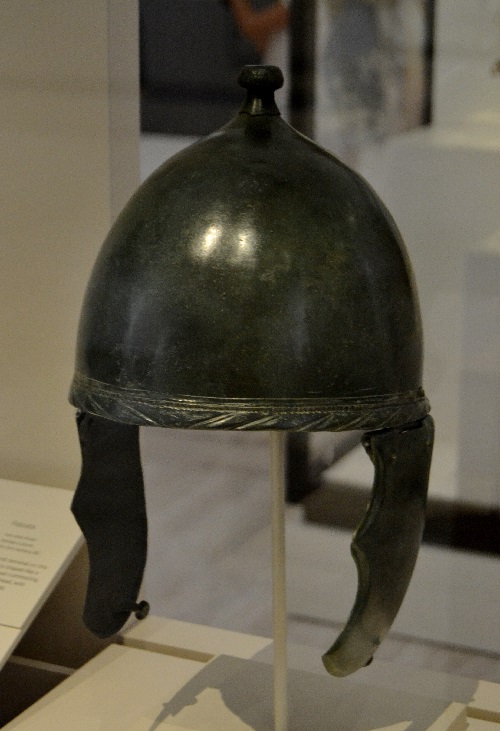
Just which tribes were Iberian, which were Celtic, or how much each was a proportion of both, has provided fuel for generations of archaeological debate. Strolling through the museum’s Celtiberian galleries, those arguments take a back seat to the pure wonder of what these ancient people achieved. There are masterworks of gold and silver, imposing monuments in stone, plus all the weapons and armor we’d expect from a warrior people.
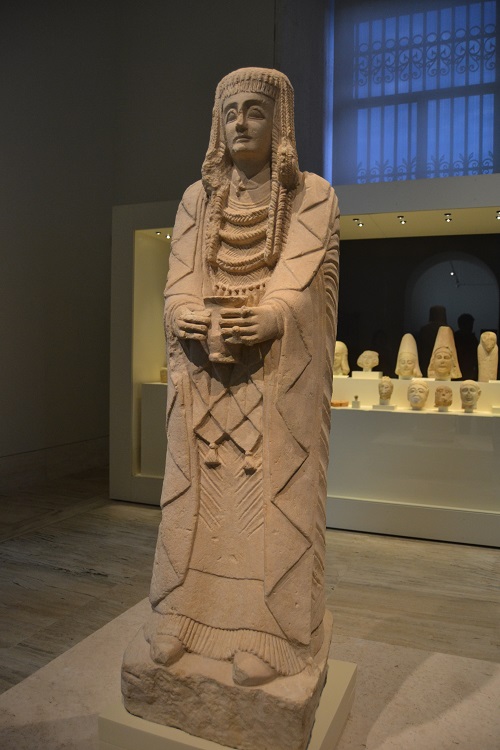
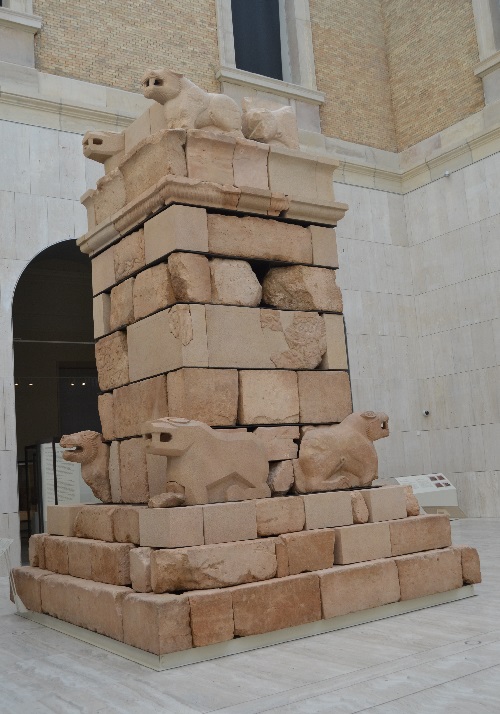
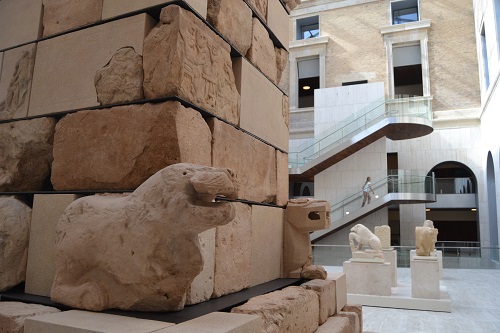
The Celtiberians didn’t live in isolation. The artifacts show Punic and Phoenician influence. Celtiberians marched with Hannibal to invade Rome during the Second Punic War from 218-201 BC. Carthage was a former Phoenician colony that rose to greatness before being destroyed at the end of the Third Punic War in 146 BC, but the Iberian Peninsula continued to trade with other Phoenician ports. This brought the Celtiberians into the Mediterranean culture sphere and introduced them to cultural influences from as far away as Egypt.
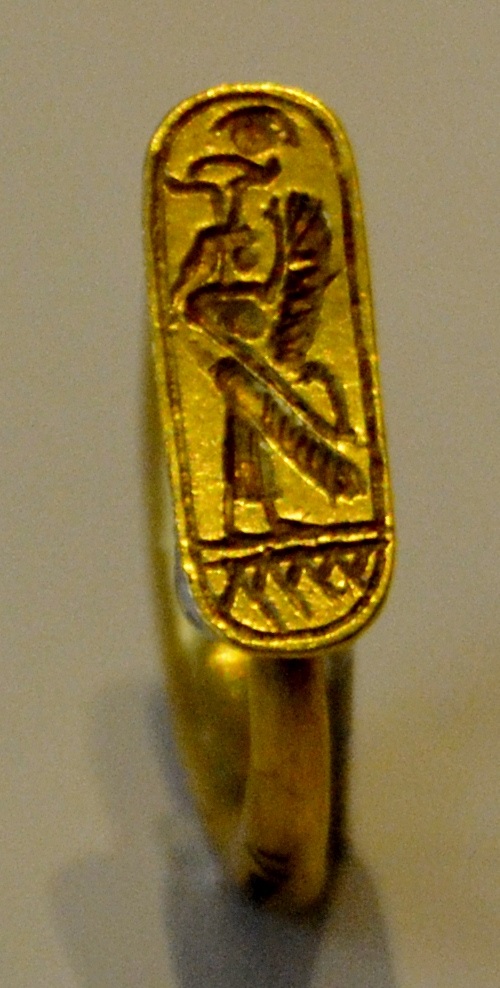
Despite these links to the outside world, Celtiberian material culture has its own distinct style. Rich farmland led to large settlements and a surplus that could be used to create large temples, funerary monuments, and luxury items. Here’s just a small sample of what the Museo Arqueológico Nacional has to offer.
Sean McLachlan is a freelance travel and history writer. He is the author of the historical fantasy novel A Fine Likeness, set in Civil War Missouri, and the post-apocalyptic thriller Radio Hope. His historical fantasy novella The Quintessence of Absence, was published by Black Gate. Find out more about him on his blog and Amazon author’s page.
All photos copyright Sean mclachlan unless otherwise noted.
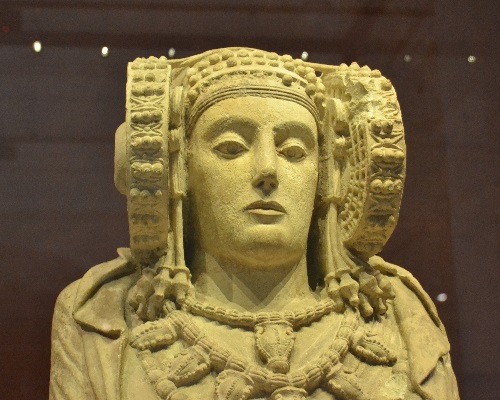
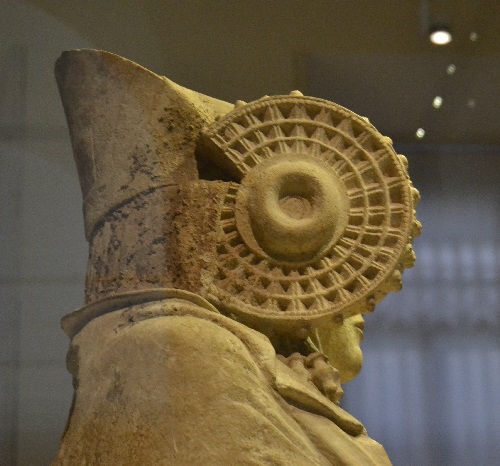
Missed this when I was there in April. I hope to get a chance to visit on my next trip. Hasta Luego.